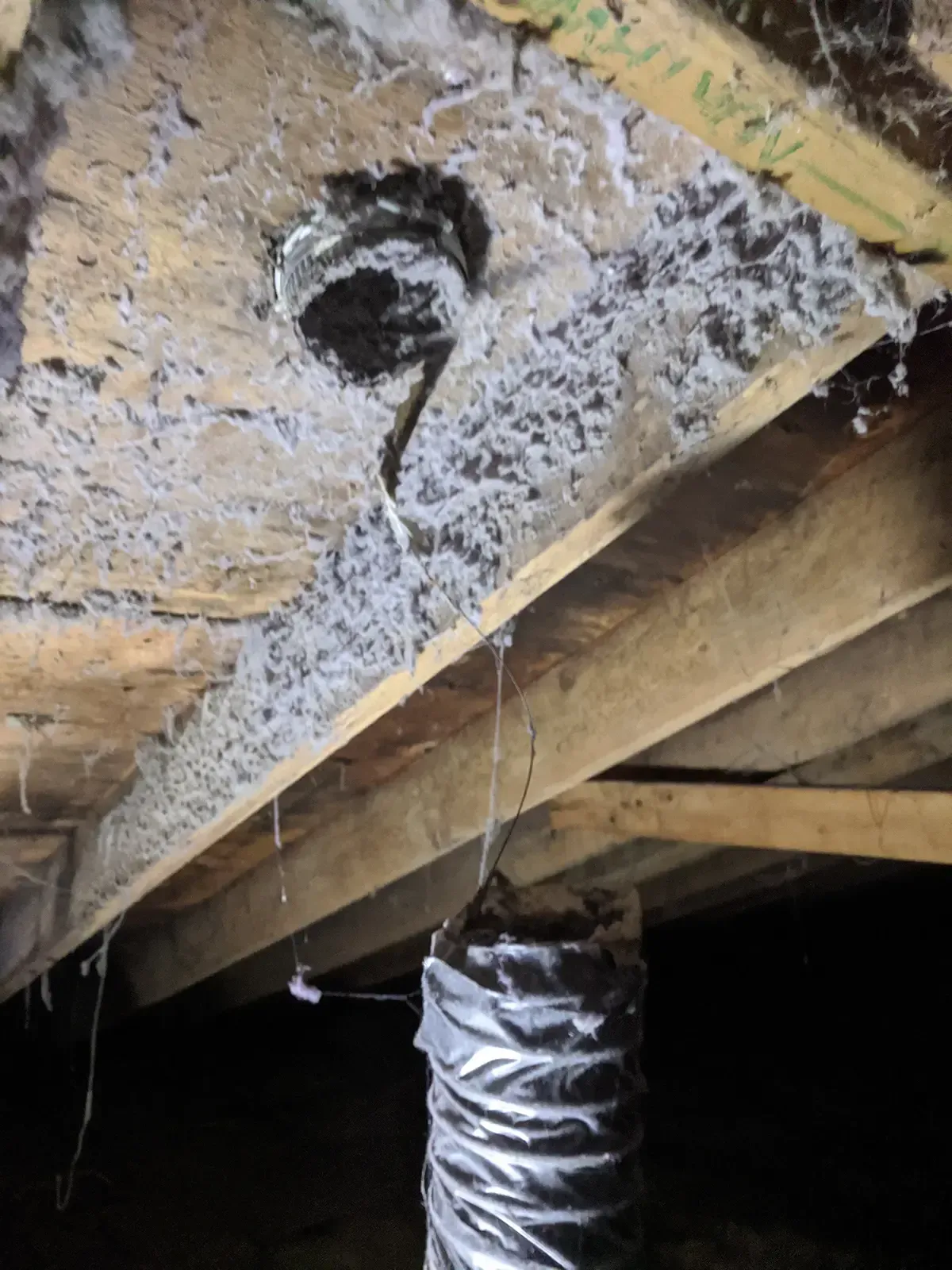Duct Cleaning Myrtle Beach
Why does Mold Grow in an HVAC System?

Our homes stand as bastions, sheltering us from nature's whims. Yet, within these refuges, a clandestine adversary encroaches – mold. This invader jeopardizes both the structural sanctity of our dwellings and our well-being. At the vanguard of our defense against this mycological menace is a relatively unheralded champion: the HVAC (Heating, Ventilation, and Air Conditioning) system. Help from the best Duct Cleaning Myrtle Beach SC offers is the best way to ensure mold stays out of HVAC systems.
Why Do HVAC Systems Accumulate Mold?
- Condensation: Air conditioners, during their cooling process, diminish the air's warmth, inciting moisture in the humid air to coalesce on colder surfaces, akin to condensation on a chilled beverage glass during a summer day. Mold inspection in Myrtle Beach SC is the only real way to know if condensation is causing mold to grow.
- Warm, Obscured Nooks: The heating segment of HVAC systems frequently cultivates warm, shadowed areas within ducts, an ideal incubator for mold, reminiscent of a moist, tepid basement.
- Airflow Dissemination: Once mold spores gain a foothold in a segment of the HVAC system, they can be effortlessly dispersed across the edifice through the system's airflow. Air filters are the last line of defense against mold escaping into the air you breathe. First, you need a filter capable of collecting mold, and then, you must ensure it is clean. At a certain point, filters hit critical mass and cannot collect any more particles, which then escape into the air you breathe.
Measures for HVAC Mold Prevention in Morris County NJ
- Consistent HVAC Upkeep: Ensure regular servicing of your HVAC system, encompassing cleaning and filter replacements, crucial for ensnaring mold spores. Negligence transforms your HVAC into a mold haven.
- Humidity Management: Maintain vigilance over your dwelling's moisture levels. Excessive dampness can be mitigated by adjusting your thermostat to a slightly cooler setting, approximately 68 degrees Fahrenheit, deterring mold proliferation while maintaining comfort.
- Dehumidification: In high-humidity zones, contemplate a dehumidifier in conjunction with your HVAC to sustain ideal indoor humidity levels, ideally between 30% and 50%.
- Immediate Repairs: Tackle any water leaks or damp areas without delay. Mold swiftly grows in moist environments, making swift action imperative. Your HVAC system emerges as a formidable arsenal in the battle against mold. The likelihood of mold in your residence can be substantially diminished through meticulous maintenance, diligent moisture management, and a preemptive stance. By grasping and exploiting your HVAC system's capabilities, you can ensure that your sanctuary remains precisely that – a secure, healthful retreat for you and your kin.
Our trusted team proudly serves Myrtle Beach SC and beyond, including:
- Sunset Beach NC
- Georgetown SC
- South Brunswick NC
- Ocean Isle NC
- Little River SC
- Pawleys Island SC
- North Myrtle Beach SC
- Horry County SC
- Conway SC
Duct Cleaning Myrtle Beach SC
Beyond HVAC mold inspection and duct cleaning in Myrtle Beach, our team also specializes in attic and crawlspace mold remediation. We look forward to helping you and your family breathe clean air.



